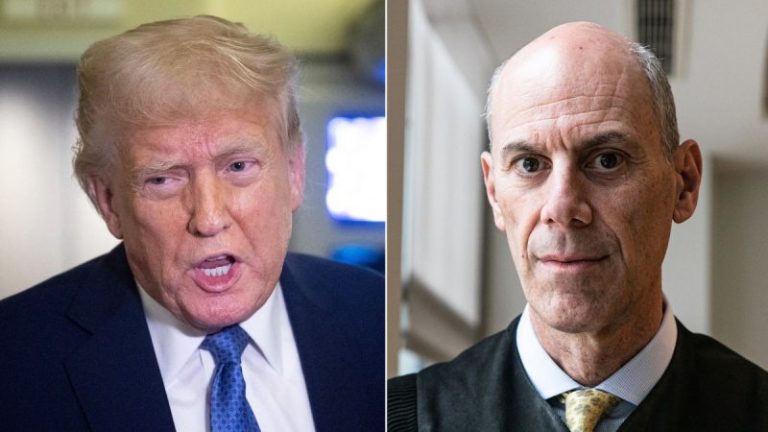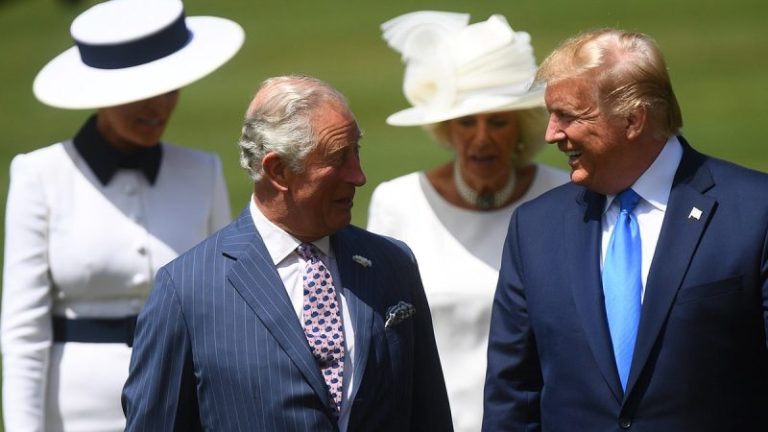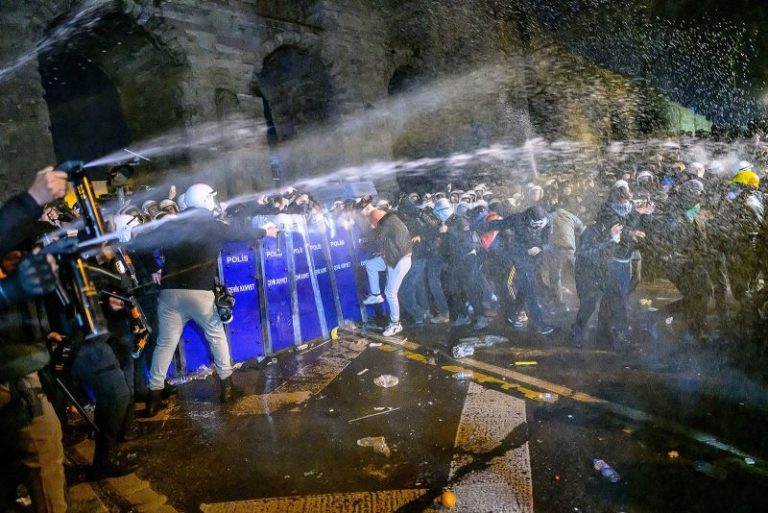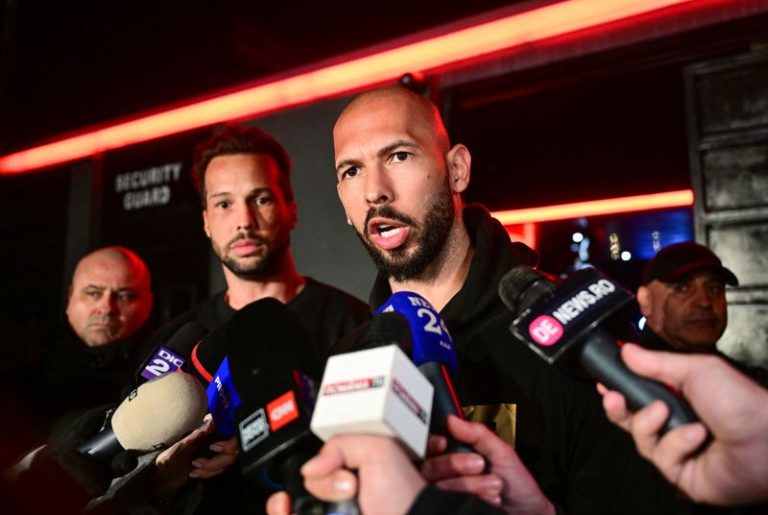A top former Bush administration lawyer is warning the White House not to begin ignoring court orders amid its standoff over President Donald Trump’s deportation flights under the Alien Enemies Act.
‘I worry that there might be some people in the administration who would actually like to defy a judicial order. Which I think would be a terrible mistake,’ John Yoo, Distinguished Professor of Law at the University of California at Berkeley, told Fox News Digital in an interview on Tuesday.
More than a dozen injunctions have been levied to at least temporarily block Trump policies across the country, including his deportation flights, birthright citizenship reforms and Department of Government Efficiency (DOGE) efforts. Republican allies of the president have accused ‘activist judges’ of seeking to override the executive in an improper breach of the co-equal branches of government.
Yoo, who previously served as deputy assistant attorney general in the Office of Legal Counsel at the Department of Justice (DOJ) during former President George W. Bush’s first term, said such a fight between the executive and judicial branches could threaten the legal system as a whole.
‘There’s only been one time in our history a president has refused to carry out a judicial order. And that was Abraham Lincoln at the start of the Civil War,’ Yoo said. ‘It’s almost something that really should only happen when the existence of the country is at stake, because if presidents don’t obey judicial orders, then they deprive the judiciary of their primary means for carrying out their decisions.’
‘If the courts can’t render reliable decisions, then our legal system doesn’t function. If our legal system doesn’t function, the country is in really bad shape,’ he added.
The White House has repeatedly said it has not disobeyed any lawful court orders.
U.S. District Judge James Boasberg issued an emergency order on March 15 to halt deportation flights of suspected gang members to El Salvador for a period of 14 days.
The Trump administration has pointed out that the judge’s written order was issued after two planes carrying alleged gang members were already in the air, arguing it was too late to turn the planes around at that point. A third plane that took off after the first two was not carrying any Alien Enemies Act deportees, the administration said.
‘As I said from the podium and will continue to say, all of the flights that were subject to the written order of the judge took off before the order was pushed in the courtroom. And the president is well within his… Article II power and his authority under the Alien Enemies Act to make these decisions,’ White House press secretary Karoline Leavitt said Thursday.
‘And we think it’s egregious that a single district judge is trying to tell the President of the United States who he can and cannot deport from our soil, especially when it comes to designated foreign terrorists.’
DOJ lawyers argued that Boasberg’s verbal order to turn the planes around, issued shortly before the written order, is non-enforceable.
Josh Blackman, a constitutional law professor at South Texas College of Law Houston, said the case was ‘complex,’ but warned judges should be careful not to overstep their authority on matters with coequal branches of government.
‘The judge held a hearing where, apparently, the ACLU presented oral arguments. The judge then issued an oral order where a DOJ lawyer was on the line. But the government was not able to make any arguments. The judge also did not give the government the time to take a timely appeal,’ Blackman told Fox News Digital on Tuesday.
‘As a result, a judge is now inquiring why the government did not turn a plane around in international waters. Things are not so simple. Judges are losing sight of the fact that they are a coequal, and not superior, branch of government.’
Yoo also noted the case was complex and said both parties were in uncharted territory, but pointed out that verbal orders have been valid in albeit very different circumstances.
‘That’s playing a little cute, is what appears to have happened,’ he said Tuesday of the administration’s argument on the verbal order. ‘But maybe that’s the case.’
Yoo noted that often judges would make one-word rulings, such as denying motions, which are usually only then found in the written transcript of the proceedings, but he made clear the situation now was vastly different.
‘This is an unprecedented exercise of judicial power, in response to an unprecedented claim of authority by the president,’ Yoo said.
Boasberg is currently considering whether the Trump administration violated his court order, which the White House denies. A Friday hearing on whether to maintain the ban quickly grew contentious when the judge accused DOJ lawyers, without specifics, of being ‘disrespectful’ in the court filings. The administration said Boasberg was engaging in a ‘judicial fishing expedition,’ according to Reuters.










